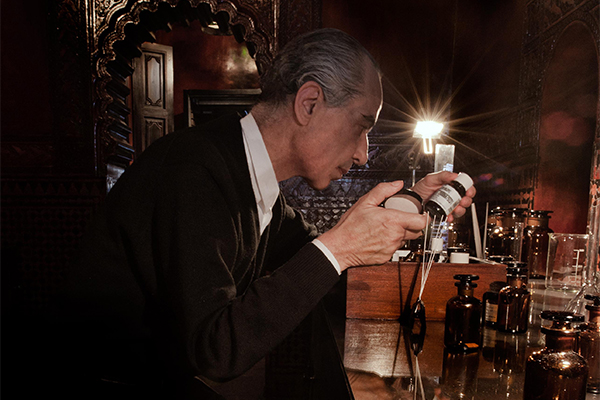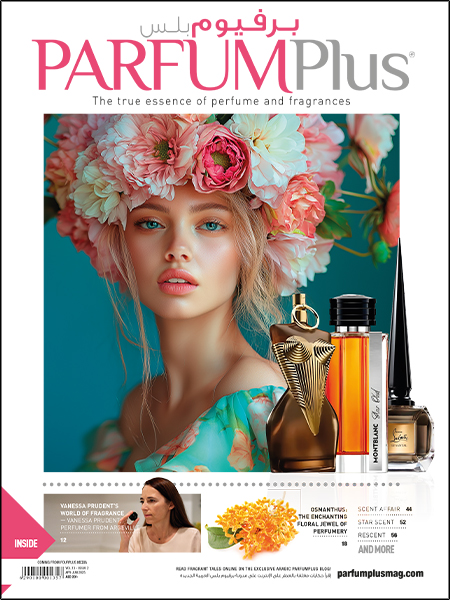Read this post in
 Arabic
Arabic
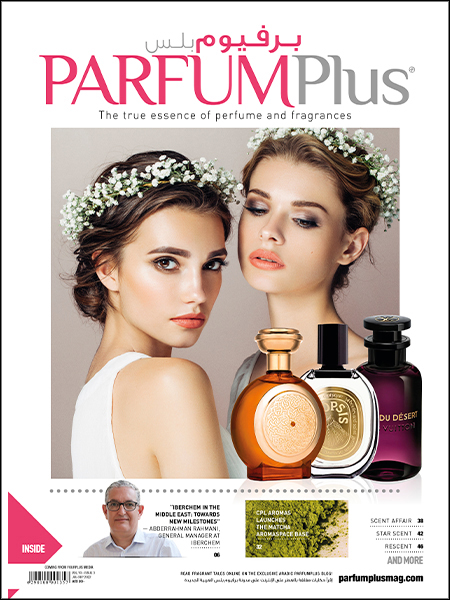
Being Serge Lutens
There is and will be only one Serge Lutens. It’s almost impossible for anyone else to be a makeup artist, photographer, filmmaker, fashion architect and perfume designer and excel at each of those domains. So what’s it to be like Serge Lutens? Creezy Courtoy helps us find out
Creezy Courtoy : Make-up artist, photographer, filmmaker, fashion architect and perfume designer, all your creations have revolutionized our society to open us up to an offbeat and visionary universe. How did perfume creation become obvious to you?
Serge Lutens : These activities, these “trades” have only been centered around a common axis: the image, particularly that of “Ma Femme”. When I say Ma Femme, it is the one who since the age of reason, by a slow impregnation, haunted me. It was also the way to give voice to silence and through it, to take consistency/existence.
Creation is passive but it activates us. From hair to makeup and then to photography, I made from this particular feminine idea, since the age of 16, my musical instrument. She was my matter, the one I materialized in an ideal form. She was violent but her integrity became an authority.
From 1968 to 1980, I invented and created make-up for Dior. My nature, which was opposite, almost put me on the margins, but it also brought to light an assertive behavior, expected as much by the masculine as by the feminine. I did the same with Shiseido but culminating the expression further.
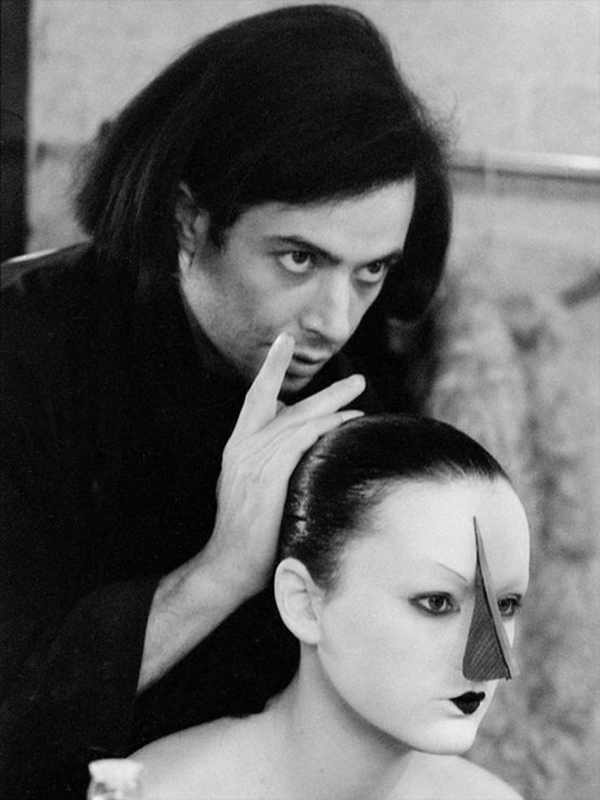 In the 90s, when the image I proposed was questioned, it was the very matter of my life that was shaken. I was looking for a relay, a link, an outstretched hand, a rope to save me from drowning or otherwise hang me! If I did not want to perish and sink into non-being; I had
In the 90s, when the image I proposed was questioned, it was the very matter of my life that was shaken. I was looking for a relay, a link, an outstretched hand, a rope to save me from drowning or otherwise hang me! If I did not want to perish and sink into non-being; I had
to face it.
From this past in flames that my life had become, I could only take away the essential: the fire, and after it the ashes of this story to have it reborn in another form: invention of a language through the essences, a bridge between the image and the words, a long steep but
obligatory path.
In the French word “s’Оcrire” (to write to yourself) there is the anagram “s’Оcrier” (to cry out). This new page in my history turns to the one of perfume, which was born with “FОminitО du bois” in 1992. It was a success and became the benchmark for almost all the brands that incorporated its construction, in more or less acceptable form, to their palette.
CC : You were seduced by Japan, what was its influence on your creations?
S L : Without declaring itself - it was long before I met it - Japan had already been incubated. This trip in 1971 interested me only by the affirmation of this part of myself. Rigor, control, discipline, minimalism, are coded there. During the same period, I became acquainted with Morocco, its antinomy. The exuberance, the lyricism were the breath of irrepressible sensuality, stemming from my tragic disorder... These two paradoxes are undeniably part of my psyche.
CC : The cult “Nombre Noir” and “Féminité du bois” have completely shaken up the olfactory codes of perfumery. We can say that there is a before and an after these two creations as the artistic bias is daring. What initiated this shift?
S L : It’s a long story. When I went to Firmenich for a ten-day study in 1980, “Nombre Noir” was, so to speak, finished. The olfactory construction was then not my subject: by its look, its external appearance, “Nombre Noir” was to, through its matte black on glossy black, determine in angles a new era of luxury in perfumery.
Ten years later, it was with “FОminitО du Bois” that I created the composition. At that time, the scent was unidentifiable. The ingredients no longer revealed themselves but cloaked the identity. With the strength of its reproduction, and continued success, we no longer felt its qualities except through the fear of “not selling”.
“FОminitО du Bois” was a precise, identifiable perfume. I let the wood speak: more than 60%. Woody until then was confined to the ‘Adams’ of marketing: “Le bois c’est pour les hommes” (Wood is for men)! There were many who told me that with “FОminitО du Bois”, they finally had a perfume that suited them and spoke to them!
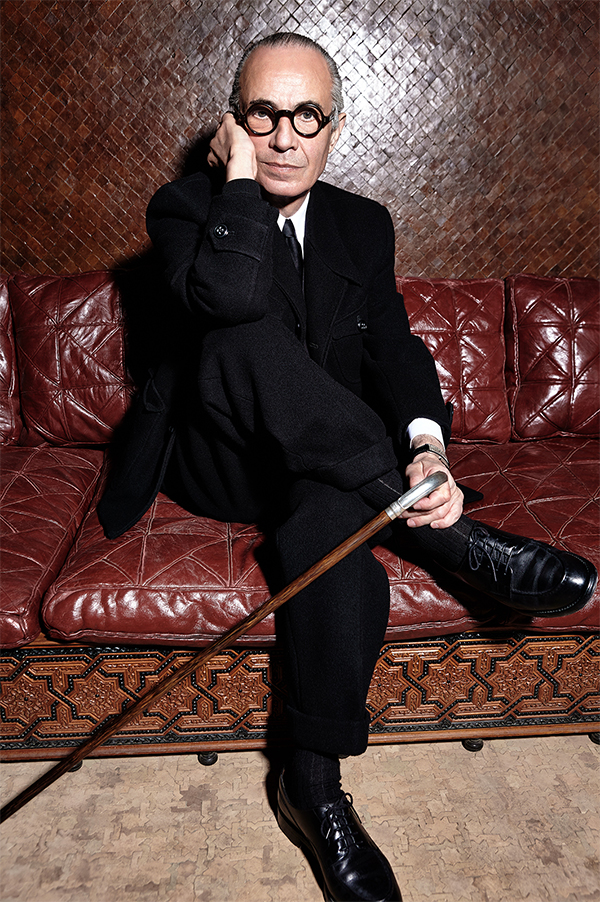
CC : In a few words, can you give us your definition of perfume.
SL : Perfume is giving voice to images; to pass from the muted world to the suggested world, in order to arrive at the one of the written word.
CC : How do you describe, with an olfactive perspective, Morocco, your source of inspiration?
SL : If in 1968, this trip to Morocco had not happened, I would never have approached perfume. The Arab world was not the so-called “oriental” one. To make it enter through “Ambre Sultan”, in the sacrosanct of perfumery, it was to send a kick in the anthill, but also to launch a school. It is partly thanks to the disorder of my senses, that an organization of essences and smell, was able to direct me on this congested road
that is perfume.
CC : What do you think is the Future of Perfumery?
SL : Knowing that the planet is warming up, that war is at our doorstep, that uncertainty is at its height. The scent of tomorrow would be none other than that envisaged as a form of secret royalty.
Read this post in
 Arabic
Arabic


